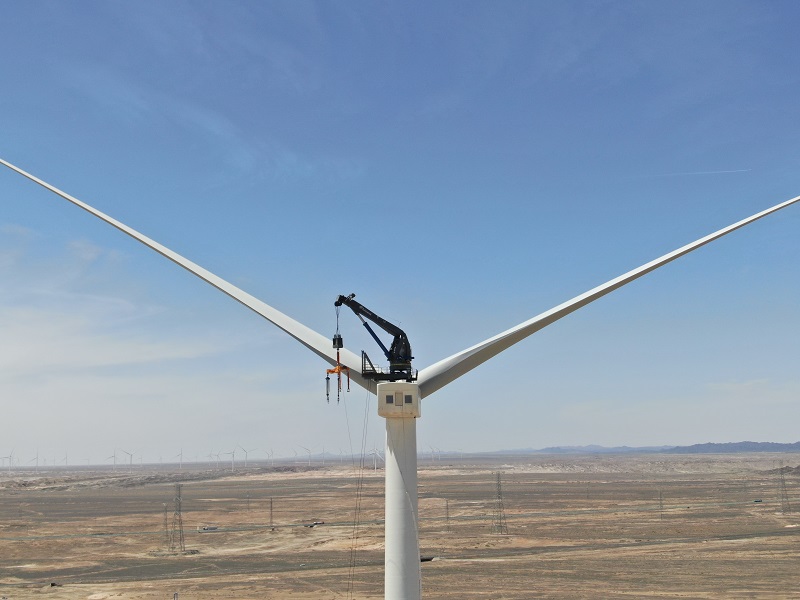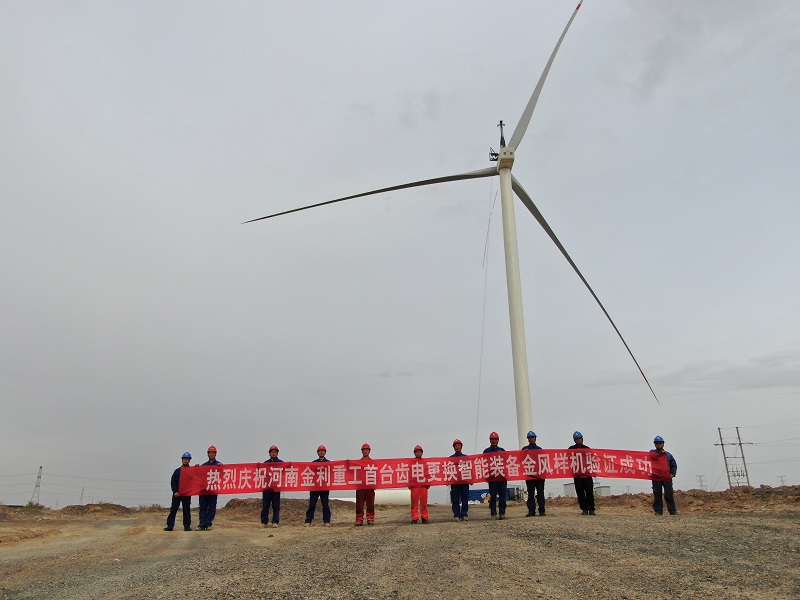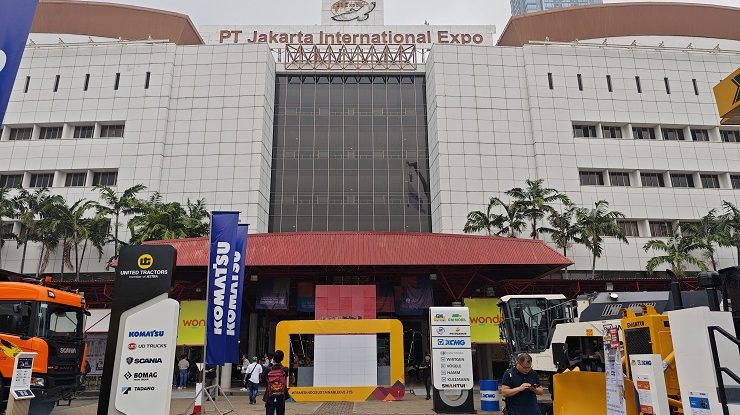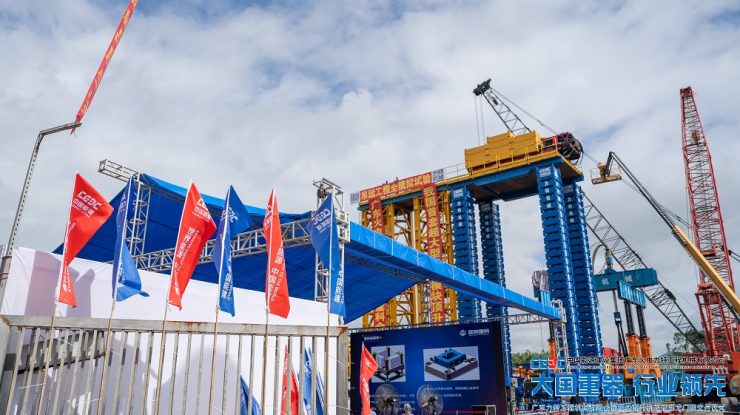
Whatsapp: +8615936220108
Email: [email protected]

Whatsapp: +8615936220108
Email: [email protected]
News
In the field of wind power operation and maintenance, a quiet transformation is taking place. Once upon a time, replacing large components such as gearboxes and generators meant having to call on large mobile cranes - this traditional solution not only had high transportation costs but was also inadequate in complex terrains and bad weather. Nowadays, the emergence of self-hoisting cranes is completely changing this situation.

JLLT560 self-lifting crane as an example,the working load of this equipment is limited to 100 tons, yet it can independently complete the climbing operation from the ground to the engine room. It is suspended and guided through its own cable system. After reaching the top of the wind turbine tower, it can complete a 180-degree rotation and be precisely installed on a dedicated base inside the nacelle. The entire process does not require any external lifting equipment to assist.
n contrast, the transportation cost advantage of self-elevating cranes is obvious. Our JLLT560 adopts an integrated and modular design concept, integrating complex components such as mechanisms and electrical systems in a "containerized" manner. The total transportation cost is less than a fraction of the cost of a crawler crane moving 200 kilometers. Song Guang, the general manager of Jinli Heavy Industry, added, "More importantly, the entire set of equipment can be repackaged in standard-sized containers without the need to obtain an over-limit transportation permit."

In terms of operational adaptability, self-elevating cranes demonstrate unique value. The configuration with a total weight of approximately 31.5 tons enables it to operate normally during the spring permafrost period, when traditional cranes often cannot enter the site due to axle load restrictions. The traditional plan may take one and a half months to start construction, "while Mr. Song pointed out," the self-elevating crane can respond immediately, which means reducing power generation losses by hundreds of hours for the owner."
With the accelerating trend of larger wind turbines, the technology of self-elevating cranes is also continuously evolving. It is learned that the JLLT560 self-elevating crane developed by Jinli Company has a lifting capacity of 100 tons, which will cover the operation and maintenance requirements of more new-generation wind turbines. From technological innovation to business practice, self-elevating cranes are redefining the boundaries of wind power operation and maintenance, bringing more economical and efficient solutions to the industry.
We are here to help you
You are welcome to : phone call, Message, Wechat, Email& Seaching us, etc.
Email: [email protected]
Phone / Whatsapp: +8615936220108

/ NewsSep 28, 2025
Green Efficient Solutions: Jinli Heavy Technology’s Debut in Indonesia
Our professional team will reply you as soon as possible.
Submit Request
PDF Request
Simply fill out the form below and the catalog will be available for download!